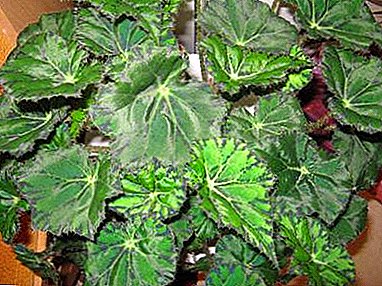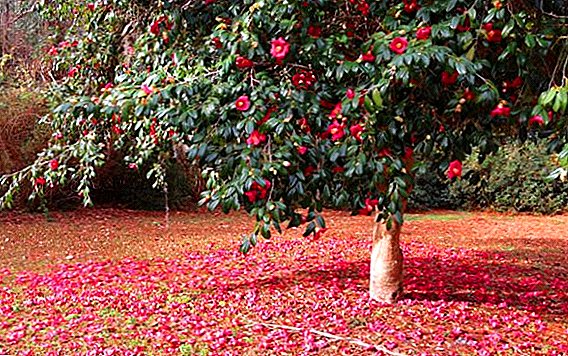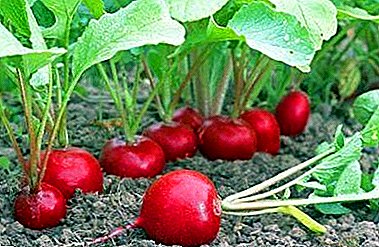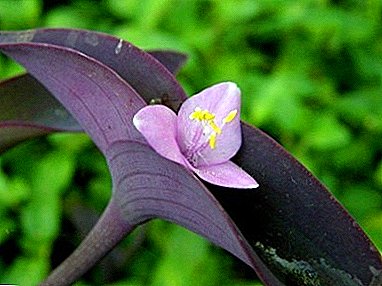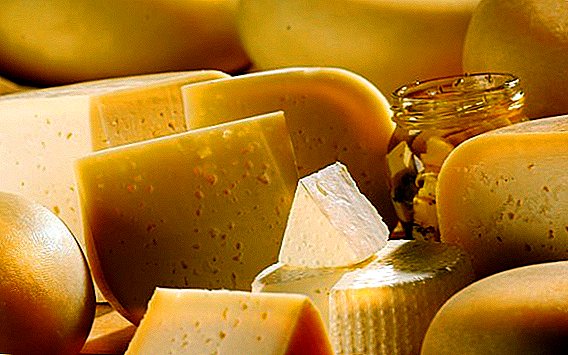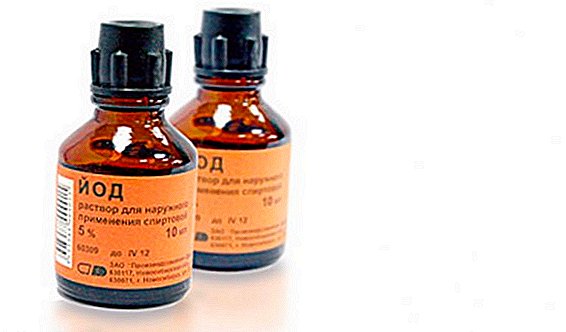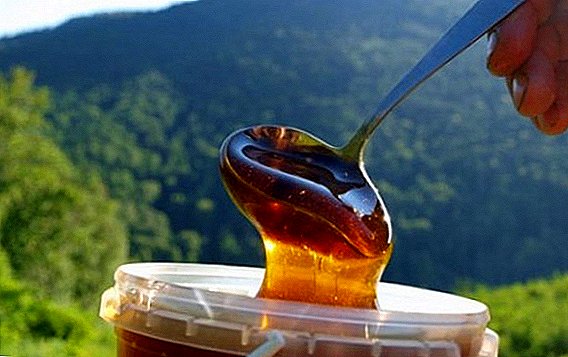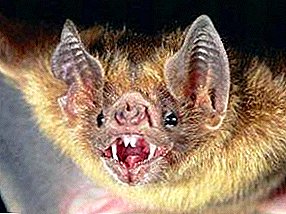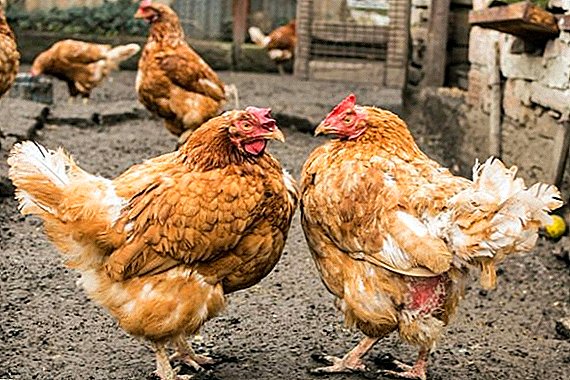
Title "begonia" The plant received in honor of Michel Begon, who was well versed in flowers and was a great lover of them.
Total exists about 2000 species begonias. All of them are distinguished by fleshy leaves and long beautiful flowering.
It grows in a tropical climate: Africa, Brazil, America.
View Spotted Begonia or Begonia maculata Raddi belongs to the Begonia family. It is a flowering shrub, belongs to the type of decorative deciduous begonias.
Characteristic and description
Spotted begonia - It is a tall shady bush. The leaves are smooth and shiny, dark green in color with white or gray dots on top, have an uneven shape: oblong, rounded, in the shape of a heart with a slanting middle.
The underside of the leaves is reddish.
The flowers are white and light pink, beautiful unusual shape. They are located on a pedicel hanging down and collected in small inflorescences.
Home care
Landing
Plant in the spring, in the beginning of March as during this period there is the best growth.
Priming

The soil is mixed from different parts of peat, sand, turf, leafy ground. The substrate should be loose and light.
A foam or a pumice stone is placed at the bottom of the pot to absorb excess moisture.
Pot selection
The pot should be spacious, medium size.
Watering
She is loves the soft humid air in the room. But you should not spray leaves and flowers, in order to avoid darkening or rotting of the leaves.
Light mode
Spotty prefers a bright light. Direct sunlight should be avoided, the light should be diffused. If the room does not have enough natural light, you can turn on fluorescent lamps.
Pruning

To bush was lush and beautiful, the top of the plant must be pinned. In order for the leaves to be large, the buds can be cut off. Old plants are rejuvenated by pruning, which is done every 3 or 4 years.
Dead leaves and flowers are removed in a timely manner so that there is no rotting of the roots.
Thermal mode
The optimum air temperature in the room corresponds to the interval from 20 to 25 degrees Celsius in the summer and not below 16 degrees Celsius in winter.
The plant is grown in the house or greenhouse, for planting on the street is not suitable. Also, one should not allow overcooling of roots, so they need to be warmed. Foam and synthetic winterizer are well suited for insulation.
Breeding
They propagate by leaf and stem cuttings, as well as by dividing the bush. Cuttings of leaves is added to the damp earth, then transplanted into a pot. Stem stalks are placed in water, which is periodically replaced with fresh until the roots appear.
Fertilizer
Fertilize a special dressing for ornamental flowering plants, which contribute 1-2 times a month in the period from early March to late October.
Transfer

Replanted every year, at least once every two years.
Features of winter care
In winter There is no rest period. It is watered moderately. Spring transplanted to a new substrate.
Pests and diseases
Begonia can be affected gray rot. Often occurs when strong humidity and low light in the room.
Often on the leaves may appear mildew and mildew.
Common pests: spider mites and aphids.
Methods of struggle and treatment
Affected pest or diseased leaves removed, and trimmed areas are treated with a fungicide.
From powdery mildew helps solution colloidal sulfur, which sprayed the plant.
With the help of insecticides fight with aphids and spider mites.
Begonia in the care is unpretentious plant. It can bloom all year round under optimal conditions. At home the plant restores a calm atmosphere and is also used for medical purposes. for the treatment of headaches, conjunctivitis, stomach ulcers.
A photo
Next you can see the photo:






